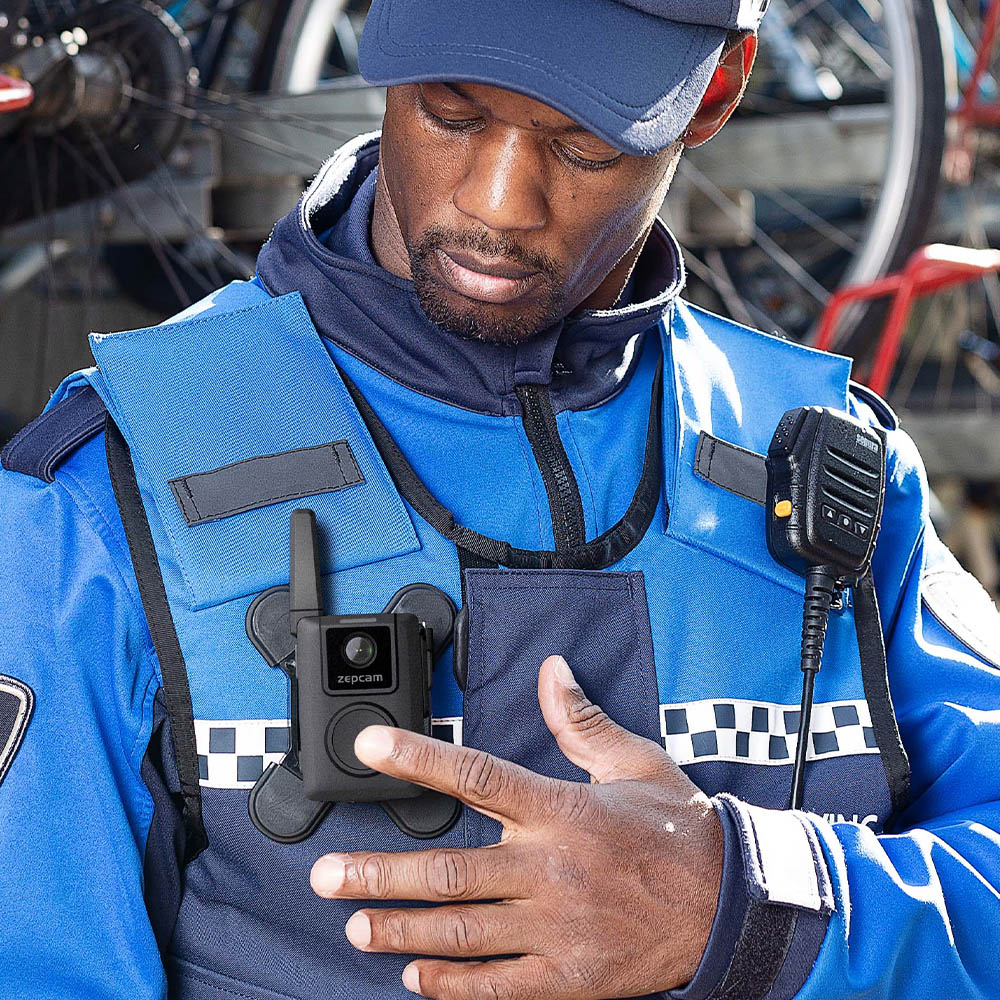Behind the Lens: Exploring the Technology of Body-Worn Cameras

Body-worn cameras have become increasingly prevalent in law enforcement, security, and even personal use. These devices offer a unique perspective on events and interactions, providing valuable video evidence. But what exactly goes into the technology of body-worn cameras? Let's take a closer look behind the lens to explore the intricate features and capabilities of these innovative devices.
The Evolution of Body-Worn Cameras
History
- Body-worn cameras were first introduced in the early 2000s as a way to enhance transparency and accountability in law enforcement.
- The technology has since evolved to include advanced features such as high-definition video recording, audio capture, and GPS tracking.
- Body-worn cameras are now widely used by police departments, security personnel, and even recreational users to document activities and events.
Key Components
- Camera lens: The most critical part of a body-worn camera, the lens determines the quality and field of view of the recorded video.
- Microphone: Captures audio to provide context and additional information in recorded footage.
- Internal storage: Stores video and audio recordings for later review and analysis.
- Battery: Powers the device for extended periods of recording time.
- Connectivity: Enables the transfer of data to a computer or other device for storage and sharing.
Features and Capabilities
Video Quality
- Resolution: Body-worn cameras can record video in various resolutions, with higher resolutions offering clearer and more detailed footage.
- Frame rate: The frame rate of a camera determines the smoothness of the video, with higher frame rates resulting in more fluid motion.
- Low-light performance: Some body-worn cameras are equipped with night vision or low-light capabilities for recording in dark environments.
Audio Recording
- Directional microphones: Capture audio from specific directions to focus on relevant sounds and conversations.
- Noise cancellation: Minimizes background noise to ensure clear and crisp audio recordings.
- Adjustable sensitivity: Allows users to adjust the microphone sensitivity to adapt to different recording environments.
Data Storage and Management
- Cloud storage: Some body-worn cameras offer the option to store recordings in the cloud for easy access and backup.
- File encryption: Protects recorded data from unauthorized access or tampering.
- Automatic offloading: Automatically transfers recordings to a designated server or device for convenient data management.
Applications of Body-Worn Cameras
Law Enforcement
- Evidence collection: Body-worn cameras provide valuable evidence in criminal investigations and court proceedings.
- Transparency and accountability: Enhance public trust by documenting law enforcement interactions and procedures.
- Training and evaluation: Body-worn camera footage can be used for training purposes and evaluating officer performance.
Security and Surveillance
- Monitoring and surveillance: Body-worn cameras are used in security settings to monitor activities and ensure safety.
- Incident documentation: Capture incidents and events for review and analysis in security operations.
- Evidence in disputes: Video footage can serve as evidence in disputes or legal proceedings related to security incidents.
Future Innovations
Artificial Intelligence
- Object recognition: AI algorithms can analyze video footage to identify objects, faces, and other relevant information.
- Sentiment analysis: Determine the emotional context of interactions captured on body-worn cameras through AI-powered analysis.
- Predictive capabilities: AI can help predict potential risks or threats based on patterns identified in video data.
Integration with IoT
- Connected devices: Body-worn cameras can be integrated with other IoT devices to provide a comprehensive view of events and activities.
- Data sharing: Share recorded data with other IoT devices for enhanced situational awareness and coordination.
- Real-time alerts: Receive alerts and notifications from IoT devices based on the data captured by body-worn cameras.
In conclusion, body-worn cameras represent a significant advancement in video recording technology, offering a range of features and capabilities to meet various needs and applications. As the technology continues to evolve, we can expect even more innovations and enhancements to further enhance the utility and effectiveness of body-worn cameras in the future.